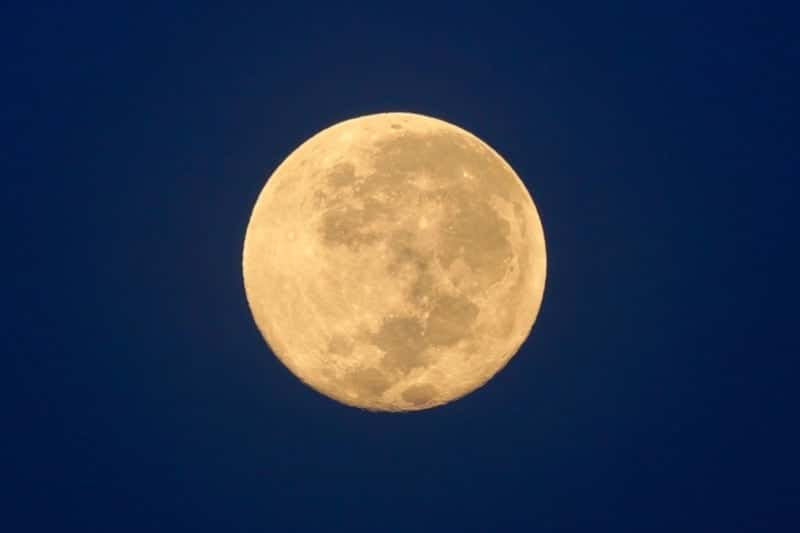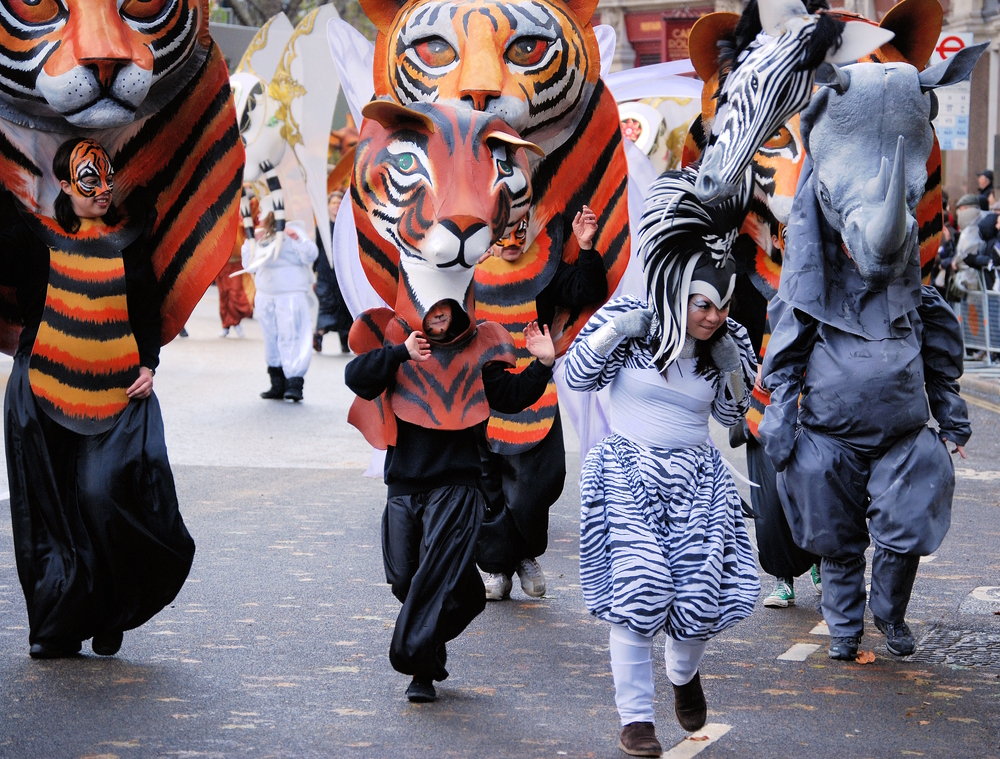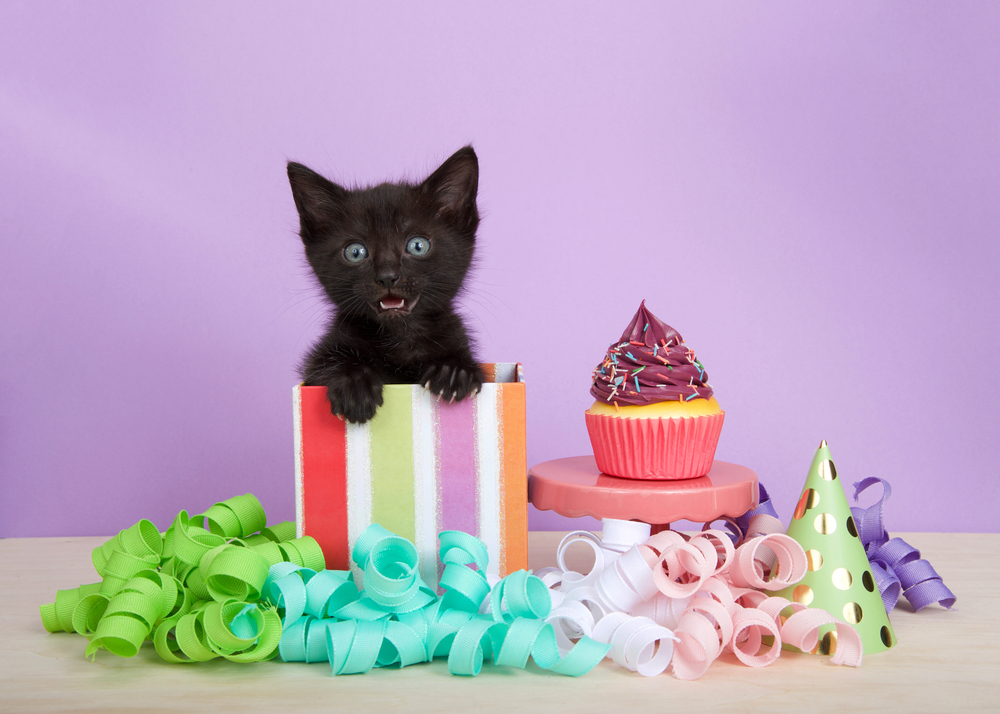The moon has been reputed to influence behavior in folklore around the world, but research into this connection has been inconclusive. When it comes to cats, some believe they become agitated, disoriented, or withdrawn when there’s a full moon.
Like the other studies, there’s no conclusive evidence connecting behaviors to the cycles of the moon. There is another phenomenon that occurs during the full moon, however: an increase in emergency veterinary visits.

A Spike in Vet Visits During the Full Moon
According to a study published in the Journal of the American Veterinary Medical Association, emergency room visits for pets increase during or near the full moon. The study investigated 11,940 cases at Colorado State University Veterinary Medical Center, finding emergency room visits to be 23% higher for cats and 28% higher for dogs around the full moon.
Researchers don’t understand why, but it’s common to hear any worker in a hospital or veterinary clinic assert that the full moon is responsible for wild cases or a busy night. There’s an ingrained belief that the full moon brings odd occurrences.
While there may not be a direct causal link between the moon and strange behaviors, there are possible indirect causes.
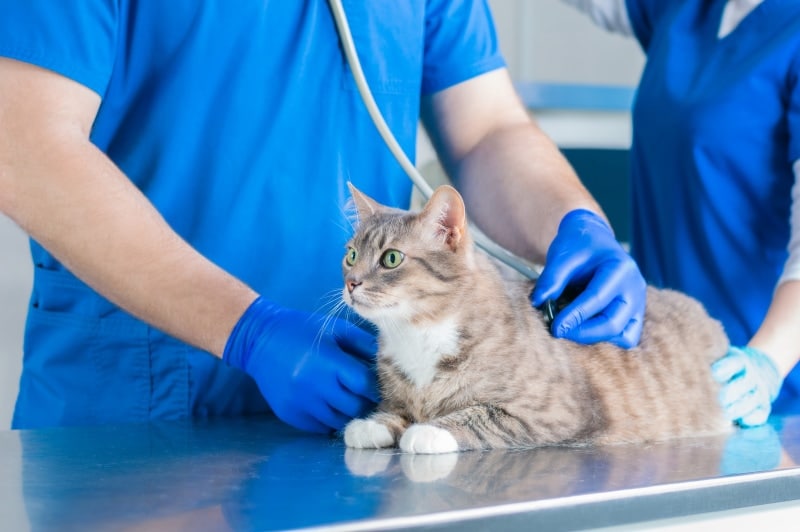

The Effects of the Moon
Before artificial lighting, the full moon was the only real source of light at night. As a result, people were more active at night during a full moon, so they have higher activity and energy levels according to the moon’s phases 1.
This can explain a lot of the patterns people seem to see. For example, a study in 2018 found an increase in traffic accident-related emergency transports during the full moon. This is likely because it’s brighter outside and more people are out driving, leading to a greater risk of collisions.
In addition, outdoor crime rates may increase with the light of the moon and are higher during the full moon, which could be because there’s more light outside and more activity.2
The Moon and Mental Health and Behavior
As far as mental health, mood, and behavior, there’s no evidence to support this claim. This is likely due to confirmation bias since people who believe that the moon affects their mood are more likely to monitor and observe mood changes and extrapolate the same to their pets.
For example, the COVID-19 pandemic saw an increase in vet visits. This was not only because more people got pets during the shutdown but because more people were at home. Whether they were furloughed or switched to remote work, pet owners spent more time with their pets and, by extension, noticed more concerning or odd behaviors.
Similarly, if people are awake later or more active around the full moon, it’s possible that they’re paying better attention to their cat’s nocturnal behaviors—behaviors that they usually sleep through. That could explain the perception that the full moon affects cats differently and the rise in emergency clinic visits.
Confirmation bias also plays a role. If the owner believes the moon affects moods and behaviors, they’re more likely to see a change in their cat.
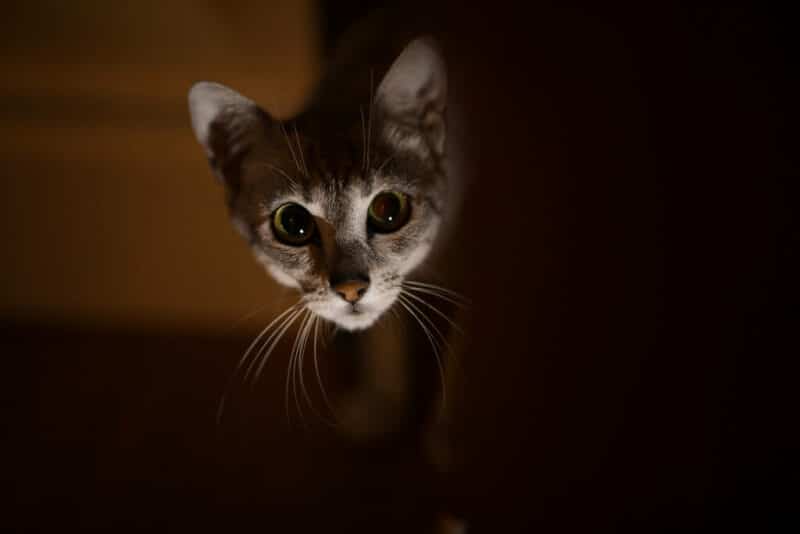

Conclusion
Folk legend has long claimed that the moon influences human and animal behavior. It’s unclear if the moon is directly responsible for these effects, but there are indications the moon’s cycles can affect activity levels and lead to other occurrences. It’s more likely that cats seem different during the full moon simply because owners are paying more attention to their moods and behaviors.
Featured Image Credit: ChockdeePermploysiri, Shutterstock

